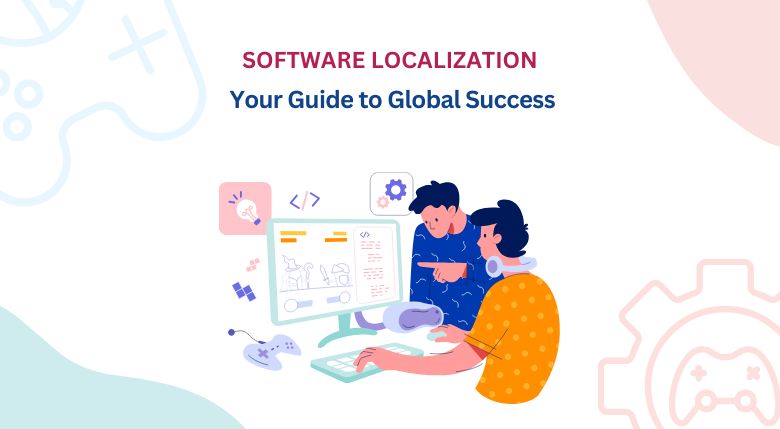
In present scenario software designed to meet the diverse linguistic requirements is essential for every business. There are many applications which are used frequently are now localized for the global audience, such as Google Workspace, Adobe Creative Cloud, Zoom, Slack, Windows, macOS, Linux, Android, and iOS.
Expanding software usability to new users of different language zone require the help of Expert Translation Services. Software localization and translation, ensure the product resonates with global users by adapting it to local languages and cultures.
Furthermore, this makes the application usable in different language regions. It involves translating the user interface and adjusting various components, such as currencies, dates, and legal requirements.
What is Software Localization?
It is the process of adapting the application or software to suit the cultural, linguistic, and technical requirements of a specific target market. It consists of modifying the application’s user interface, formatting, and functionality to ensure alignment with local norms. Software Localization and Translation cover a wide range of adjustments, such as adapting fonts and using local payment methods. This process ensures that the product feels specifically created for that market, which increases user satisfaction and builds brand trust in diverse regions.
WANT TO TAKE YOUR SOFTWARE TO A GLOBAL STAGE?
Then reach out to Somya Translators for exceptional software localization services!
Key Components of Software Localization
Localization involves several key components designed to make the application feel native to users in different countries. The most important aspects include translating the user interface (UI) text, adapting the user experience (UX), and ensuring cultural relevance.
Therefore, software localization and translation tailor every product element according to each market, boosting usability and encouraging users to engage more with the application.
The Role of Internationalization
Internationalization, or i18n, is vital in preparing the application for localization. It involves designing and coding the software in a way that separates the language-specific components from the core functionality. As a matter of fact, businesses can create localized content for various languages without making changes to the code itself.
This process typically involves coding practices such as string extraction and dynamic user interface adjustments.
Choosing the Right Localization Tools
Selecting the right tools is vital for streamlining the process. Translation management systems (TMS) automate many steps, ensuring efficient collaboration between developers and translators. These tools allow for real-time updates and in-context translations, ensuring the localized product looks perfect in every language.
Furthermore, the best platforms for localized content also support a wide variety of file formats, allowing businesses to handle different components seamlessly.
Continuous vs. Waterfall Localization
There are two main approaches to localization: continuous and waterfall. Continuous localization involves translating content alongside development, ensuring that updates are available in all languages simultaneously.
On the other hand, waterfall localization is implemented after fully developing the software, resulting in a more segmented process. Continuous localization is generally more efficient, allowing you to launch in multiple markets faster. This approach also ensures that your global audience enjoys new features at the same time.
To learn about a cutting-edge approach to software localization, check out this article, Tolgee’s Groundbreaking Translator: Revolutionizing Software Localization with Contextual Precision, highlighting contextual translation advancements.
Localization Testing
After localizing the software, thorough testing ensures that every function is working as expected. Localization testing checks whether the user interface, error messages, and other elements display correctly in all languages.
It also accurately reflects cultural nuances, maintaining a positive user experience.
This stage is vital to catching any errors that the localization process may have introduced.
Concluding Words
Nowadays, localization is important to grow in the software industry. Businesses can reach new audiences, improve user satisfaction, and expand their global footprint by leveraging these services.
With careful planning, the right tools, and proper testing, localization ensures that the software adapts seamlessly to different cultures and languages.
Additionally, language service providers like Somya Translators offer expert localization services in India to help your software achieve global success.







